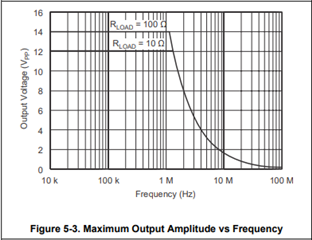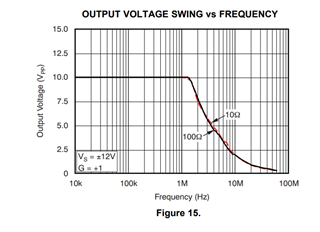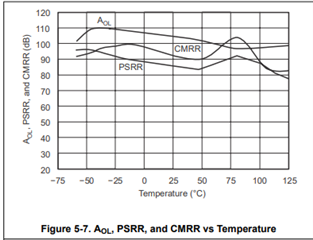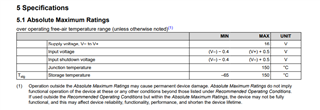Other Parts Discussed in Thread: OPA561
Tool/software:
HI,
I am looking for an opamp with below specififcations:
1. ambient temp : -40 + 125C
2. output current >600mA
3. ripple expected on input voltage : 4MHz minimum
4. Mounting type: Surface mount
5. supply voltages available in my design : +/-2.5V, +/-5V (also have a provision to supply externally but voltage should not be higher than 15V)
It will be used to build an unity gain amplifier.
Thanks,
Shubhangi





